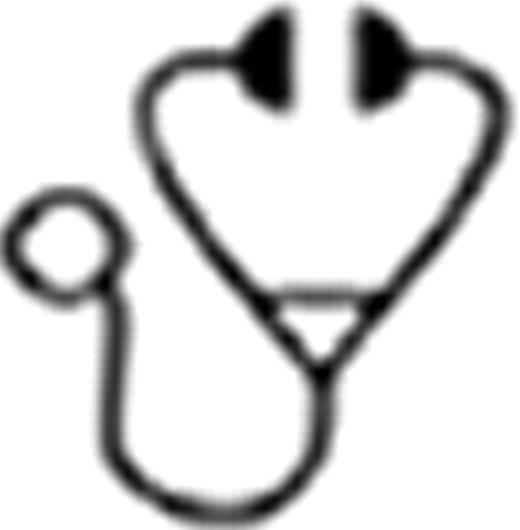Abstract
Abstract  2230
2230
Thrombopoietic agents (TPO-A) are widely used in adults for difficult ITP. However only 1 study has been published describing the use of a TPO mimetic (Nplate) in 22 children with ITP. This study is a post hoc analysis of 32 children (<21yr) who received clinical treatment (off study) with either Nplate or Promacta.
All children described are from 2 centers:,Weill Cornell in New York (n=22, 9 on Nplate, 13 on Promacta) and Childrens Hospital Orange County (10, all on Nplate). All patients in this abstract were treated off study although some had previously participated in the AMGEN195 (Pediatric) followed by AMGEN 213 (long term maintenance) studies. Responses (taken from the published study) were defined as platelet count (plt ct) > 50k on 2 consecutive weeks, plt increase ≥ 20k on 2 consecutive weeks, and the percent of weeks at ≤ 50k independent of rescue therapy. Rescue therapy e.g. IVIG, steroids, plt transfusion, resulted in counts being considered “non-responder” for 2 full weeks after initiation of treatment. Bone marrows were evaluated for reticulin fibrosis (RF) using consensus grades 0–3. Several patients had more than one marrow during treatment; in these cases, the most recent on-therapy marrow was used.
The median age of patients on Nplate was 10 years of age (2–19) while for those on Promacta it was 16 years (5–19). Of the 32 patients treated with TPO-A, 24 responded with a plt ct ≥ 50k twice; 19/32 received Nplate and 15/19 responded; 13/32 received Promacta and 9/13 responded. Plt increases ≥ 20k were seen in 23 of 32 patients. The number of patients whose platelet count was ≥ 50k for at least 50 percent of visits was 20/32. The mean number of previous treatments for responders to Nplate was 3.2 while for Nplate non-responders it was 2.25. For Promacta, the mean for responders was 2.9 treatments and for non-responders 3 treatments. Younger patients did not seem to respond as well to treatment with either TPO-A (see table). Nplate patients received treatment for a mean of 19.2 weeks; for patients treated with Promacta it was 13.7 weeks. Baseline bone marrows were available in 17 patients of whom 6 had grade 1 reticulin fibrosis (RF). There were 10 children with marrows performed after the start of TPO-A: 2 with RF score=0, 7 with score=1+, and 1 with score=2+ Adverse events (AEs) other than bone marrow fibrosis and bleeding (lack of efficacy) were all 1–2+ and not related to TPO-A. In particular, no thrombosis or development of malignancy was seen.
| . | Age of non-responders . | Plt count > 50k ×2 . | Plt ct>20k increase over baseline . | Plt ct >50k for >50% of therapy . | Mean time to plt > 50K (weeks) . |
|---|---|---|---|---|---|
| N-Plate | 4 of 5 youngest (2,5,5 6) | 15/19 | 14/19 | 11/19 | 2.9 |
| Promacta | 4 of 6 youngest (3,10,14,15) | 9/13 | 9/13 | 9/13 | 1.3 |
| . | Age of non-responders . | Plt count > 50k ×2 . | Plt ct>20k increase over baseline . | Plt ct >50k for >50% of therapy . | Mean time to plt > 50K (weeks) . |
|---|---|---|---|---|---|
| N-Plate | 4 of 5 youngest (2,5,5 6) | 15/19 | 14/19 | 11/19 | 2.9 |
| Promacta | 4 of 6 youngest (3,10,14,15) | 9/13 | 9/13 | 9/13 | 1.3 |
In conclusion, TPO-A were an effective treatment of chronic ITP in the 32 consecutive children retrospectively analyzed here from 2 centers. Younger children in this study seemed not to respond as well as older children, in contrast to small numbers of young children in published data who responded very well. No major changes were seen in the bone marrows but a formal baseline and on therapy study in children is needed to assess this issue. AEs were infrequent and tolerable. Additional studies with both Nplate and Promacta, either planned or in progress, are needed to clarify the response rates, AEs eg bone marrow fibrosis, and effects in subgroups of children.
Bussel:Portola: Consultancy; Eisai: Consultancy, Membership on an entity's Board of Directors or advisory committees, Research Funding; GlaxoSmithKline: Consultancy, Equity Ownership, Membership on an entity's Board of Directors or advisory committees, Research Funding, Speakers Bureau; Amgen: Equity Ownership, Membership on an entity's Board of Directors or advisory committees, Research Funding, Speakers Bureau; Cangene: Research Funding; Genzyme: Research Funding; Immunomedics: Research Funding; Ligand: Membership on an entity's Board of Directors or advisory committees, Research Funding, Speakers Bureau; Shionogi: Membership on an entity's Board of Directors or advisory committees, Research Funding, Speakers Bureau; Sysmex: Research Funding.
Author notes
Asterisk with author names denotes non-ASH members.

This icon denotes a clinically relevant abstract

